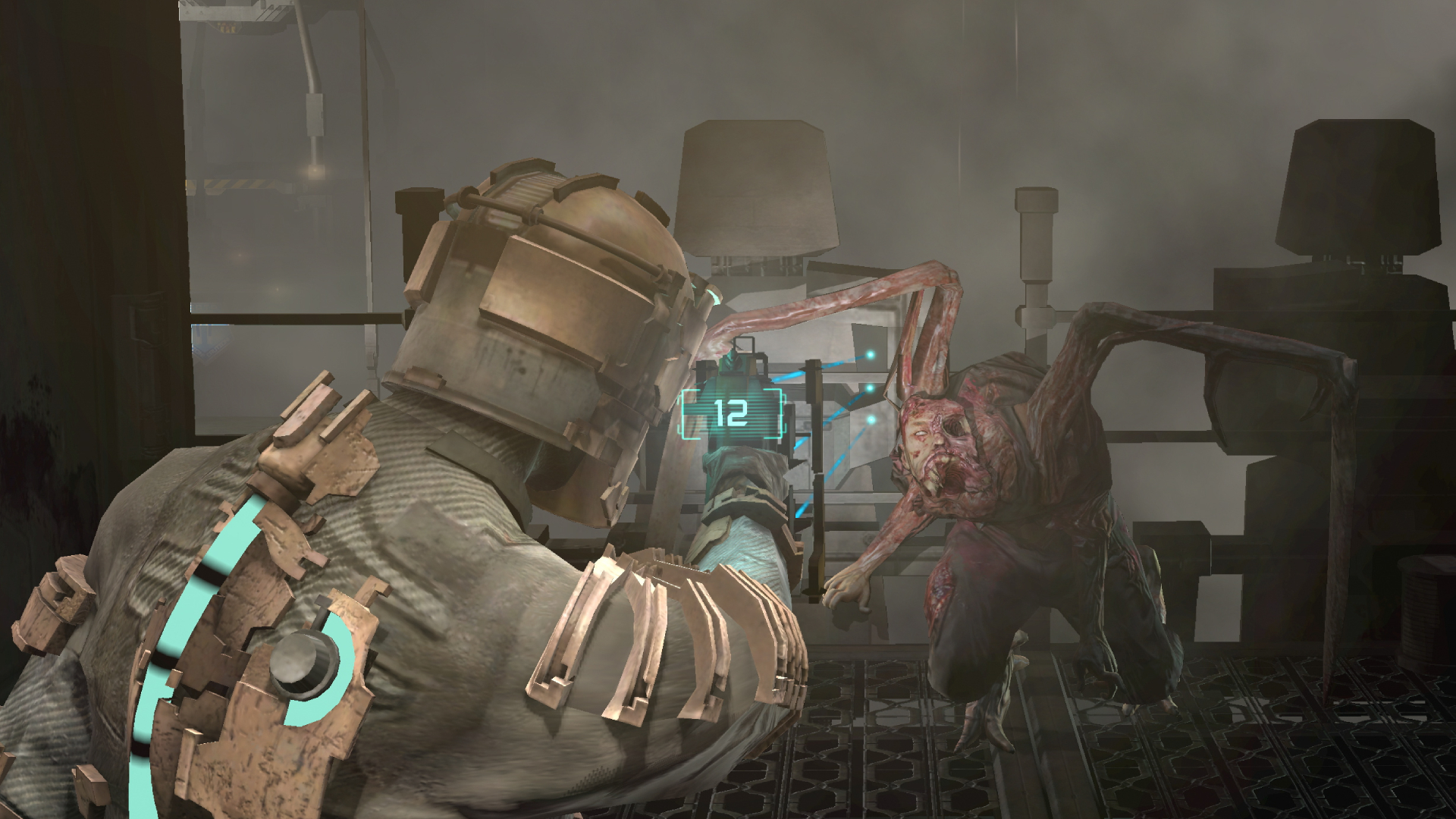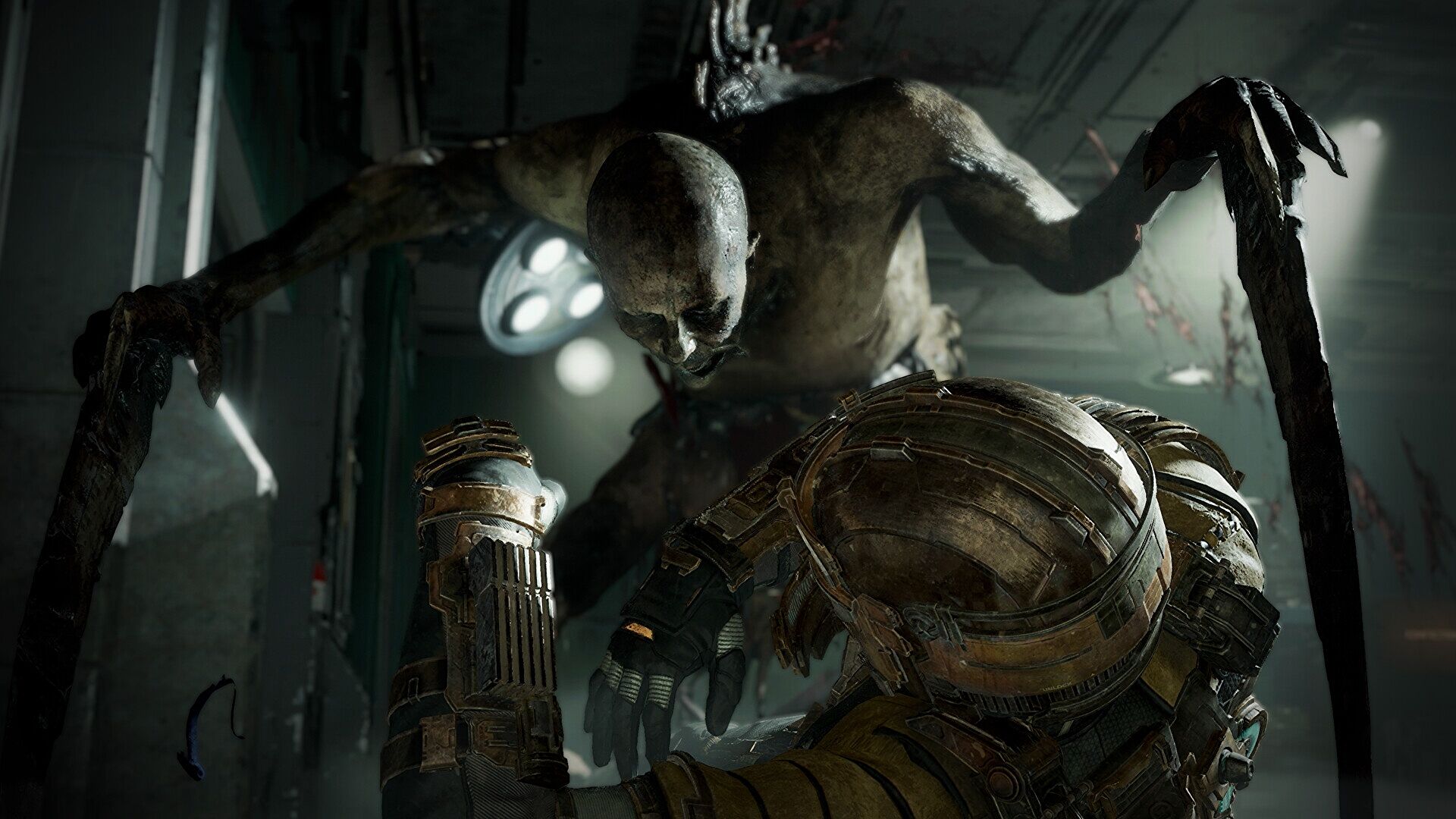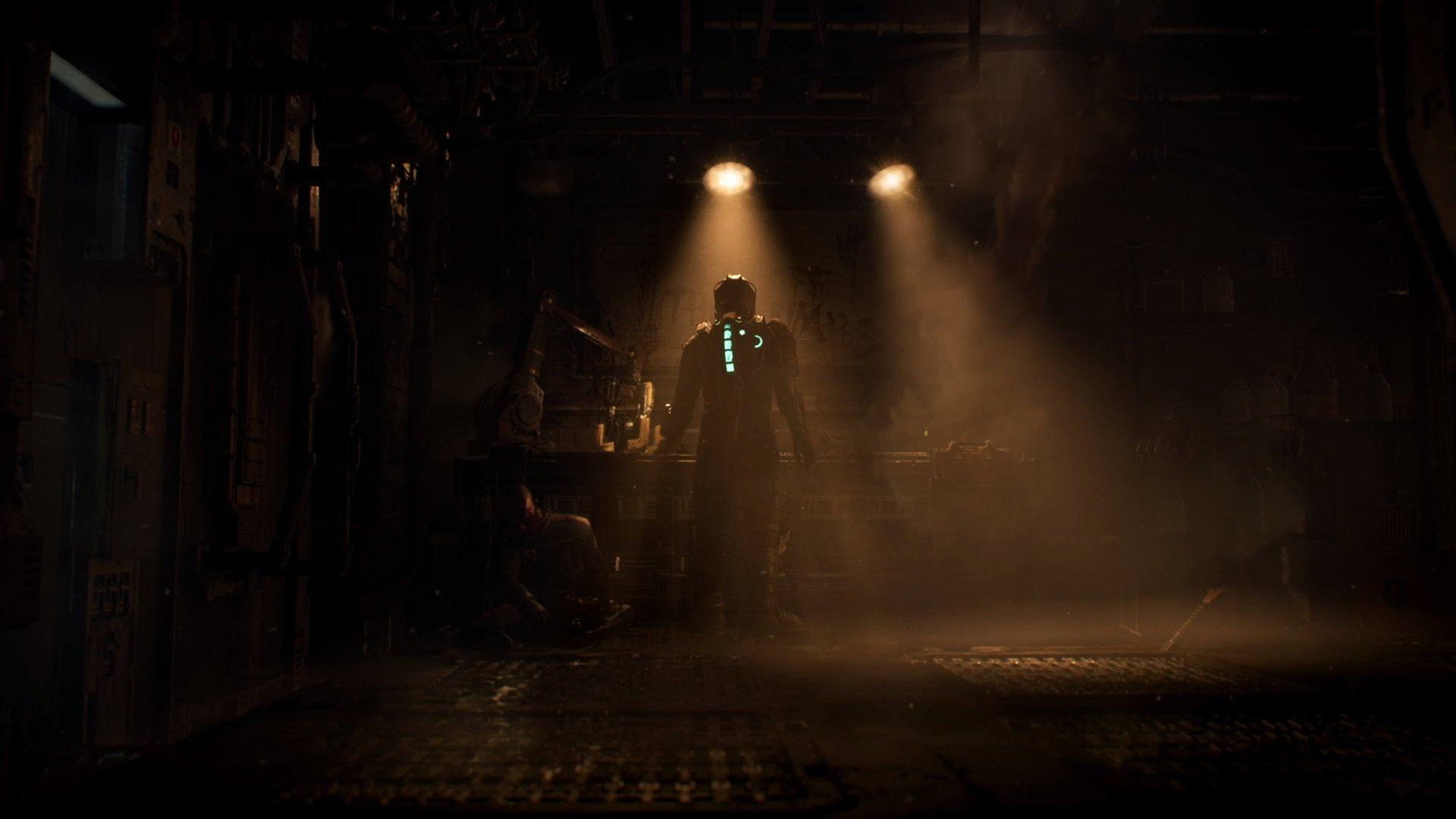I didn't want a Dead Space remake until I replayed the original
Facelift Deformation

I love the Dead Space series, but I never wanted a remake of the first game. I didn’t want the survival horror classic falling victim to the same modern trappings of the industry that had warped Dead Space 3.
I’ve played and replayed Dead Space 2 and Dead Space 3 many times over the past decade, and I maintain to this day that Dead Space 3’s co-op was a good addition to the sci-fi horror, but as the series grew and EA tried to modernize it, something was lost. The microtransactions and DLC, which included Scavenger bots, weapon resources, new suits, and even the actual ending to the game, left a bad taste in my mouth.
The original Dead Space was different. The atmosphere was thicker and more oppressive than in either of the sequels. Isaac Clarke wasn’t yet the action hero he would become, he felt more vulnerable, which made the scares more frightening. I remember the chest-tightening tension of walking down the claustrophobic corridors of the USG Ishimura and how much more it gripped me than the locations in the later games.
I had little faith in EA, the publisher that shuttered Dead Space’s creator, Visceral Games, in 2017. So when it announced a revival, I was skeptical, thinking it would be stuffed with the same commercial additives that had peppered Dead Space 3, making the Dead Space remake more like the resurrected horrors you fight on the deck of the Ishimura, than a healthy game. And why remake Dead Space at all when the original was flawless?
But then I replayed it.
Necromorph tinted glasses

Docking on the USG Ishimura again after all this time brought back a wave of nostalgia. However, this warm and fuzzy feeling is quickly swept aside when I get reacquainted with the controls. Isaac Clarke isn’t an agile man. Yes, he’s clunking around in an incredibly heavy engineering outfit, but there’s a stiffness to his movements that were ironed out in the sequels. This rusty Isaac is frustrating to move and it causes problems in combat.
Keeping an enemy Necromorph at bay with Deadspace’s trademark Plasma Cutter and Line Gun works well from a distance, as you slice off limbs and stomp corpses like nobody’s business, but getting up close and personal is a death sentence. The camera controls are tight to your back, and while that immerses you in the action, it makes simply seeing your enemies a challenge. Getting jumped by a Slasher that popped around a corner, isn't scary, it's just irritating.
Sign up for breaking news, reviews, opinion, top tech deals, and more.
Though, most surprising as I replay Dead Space, are the cracks I find in the dismemberment system, the series’ defining feature. In Dead Space you can slice off limbs to disable your foes before stomping them to death (again), it's brutal, it's something too few games let you do, and it's really not as good as I remember. I had forgotten how often it doesn't work, with my hits going seemingly undetected. There are many times I fire off several plasma lines before a cut is made, which means ammo conservation and accuracy go out the window.
With my vizor raised on Dead Space’s issues, I take another look at the footage of the remake. I can see that the game in the trailers isn’t just what I’ve played before, but it looks like the game I thought I remembered playing. Isaac moves with weighty agility, and the camera is close in over his shoulder but not sluggish and buffeted by the scenery, and the dismemberment looks to be smooth like butter.
While it shouldn’t be a surprise that the Dead Space Remake looks good, it’s working with the power of the Xbox Series X and the PS5, it’s the smoothing of the original’s forgotten rough edges that could make it special.
Quality of life (and death)

Though, now I’ve come to terms with the original game benefitting from a renovation, I can be excited for the new features the team is adding in the Dead Space remake. Rather than stuffing in microtransactions and controversial co-op (though I enjoyed playing with a friend), it’s threading a throughline between all three games by giving Isaac Clarke a voice.
In the original Dead Space, Clarke was a silent protagonist. He only started having dialogue in the sequels. Having Isaac Clarke voice his thoughts and fears is what made him an engrossing character in the sequels. In the first game, actor Gunner Wright only provided the grunts and screams you hear when stomping on a corpse or taking a Slasher blade through the chest.
This time Isaac Clarke is no longer mute, giving him a sense of agency. You’re no longer blindly following orders from the crew, you are more of a participant in your ordeal on the Ishimura. It draws Dead Space more closely to its sequels, helped by the voice of Gunner Wright, the actor who played Clarke in the later games. Getting this entirely new perspective on the events of the Ishimura is something that I’m looking forward to the most.
While the original Dead Space is far from a rusting hulk, its distance from the sequels has become more pronounced. With this remake, hopefully, I’ll have a game I can replay as often as its sequels – that is, until EA finally makes a fourth game.

Formerly TechRadar Gaming's Hardware Editor, Aleksha McLoughlin is now a freelance writer and editor specializing in computing tech, video games, and E-commerce. As well as her many contributions to this site, you'll also find her work available on sister sites such as PC Gamer, GamesRadar, and Android Central. Additionally, more of her bylines can be found on Trusted Reviews, Dexerto, Expert Reviews, Techopedia, PC Guide, VideoGamer, and more.